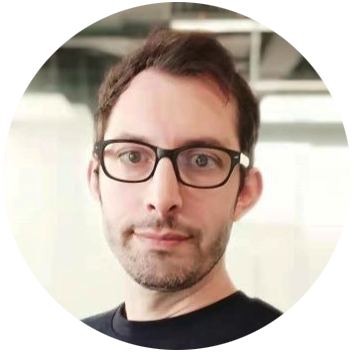What is WeChat binding? Technicalities and key takeaways.



Romain Henriot
Catégorie : Tendances marché
WeChat binding is the process of identifying individual consumers’ online and offline transactions and social behaviors by their WeChat accounts. It means brands can track them and their spending habits in order to enhance the customer experience and identify key customers.
A brand’s online and offline territories can be wide-ranging, from offline shops to official accounts on WeChat, Mini Programs, and other e-commerce platforms. As a consumer interacts with these various channels, the footprint provides brands with a valuable source of consumer intelligence in the form of consumer habits and frequency of transactions. As such, brands should stop focusing solely on their followers and move forward to the WeChat users, transitioning their consumer intelligence model from FRM (Fan Relationship Management) to CRM (Customer Relationship Management).
Binding creates a link among all these touchpoints by connecting their WeChat accounts to key consumer information such as telephone numbers or member IDs, essentially creating a singular customer view (SCV). Creating an SCV benefit both the brand and the consumer; it allows a brand to constantly gather data and utilize algorithms to inform marketing strategies and to keep an up-to-date consumer database, affording brands the ability to work on customer retention and boost sales in some cases. In turn, it will provide consumers with an enhanced friction-less and personalized shopping experience.
In this article, we will explore the four main steps in implementing an effective WeChat binding campaign, which consists of customer matching (identifying a key audience), data consolidation (binding process), and customer engagement and KPIs.
Identifying and targeting your key audiences is the first step in implementing an effective WeChat binding campaign. This can be done by recognizing which touchpoints within your brand’s WeChat territory consumers interact with the most. By means of obtaining users’ WeChat Union ID, which can be done via the WeChat Open Platform, a brand can classify a wider key audience by searching for “lookalikes” of key “seed users”.
An algorithm can build a target audience of consumers that match existing key users by using hundreds of data points across the WeChat ecosystem and assessing top purchasers by average frequency, quantity and purchase location. Once such consumers are identified, they can be targeted with personalized messages, rewards, and services. This method can also be used to reactivate inactive customers.
Once a key audience is identified to maximize the effect of binding, there are varying tactics that a brand can now implement to initialize the binding process:
Binding methods should be embedded at all steps of the consumer journey to re-engage existing followers. For example, an entry point to the binding process should be permanently displayed during all steps of the consumer journey and customer registration should be reiterated in each instance of communication. A driving principle of this strategy is that the customers must initiate sharing their personal information with the brand in order to bind their profiles, as WeChat cannot automatically complete the binding process. As such, it should be rewarding and worthwhile for consumers to provide brands with their information.
Incentivizing binding can be done by providing consumers with a seamless and rewarding consumer experience. If consumers are confronted with a lengthy registration process or form with numerous fields to fill out, they may be reluctant to share personal information. Some brands utilize WeChat’s feature of inputting their telephone number into a Mini Program at the touch of a button. This strategy can also be implemented at the point of service, in which auto binding is initiated via a tracked QR code generated at POS.
Timing is also crucial. A 48-hour window starting from the first point of interaction with a consumer should be taken advantage of to initiate the binding process. Brands should send direct messages immediately after a user has followed their account, and send messages welcoming and incentivizing consumers to register within this window.
It is important to recognize what realistic KPIs one can expect before implementing a binding campaign. Proportions will vary depending on the nature of the brand, service provided, and target audience. Tmall users were invited to follow the brand’s official account on WeChat via SMS which resulted in a 5-10 percent on-board rate. The cosmetics company Bioderma featured a unique QR code on their product packaging, which resulted in an 80 percent binding rate, comparing to a 12 percent average binding rate on their WeChat official account following. This shows that binding results varied greatly depending on the channels used for binding across different brand types.
Splio is an omnichannel marketing platform that combines Marketing Automation, Loyalty Marketing, and WeChat Marketing. The platform enables marketers to unify their customer knowledge, orchestrate marketing campaigns and new loyalty programs, both online and offline, and identify & engage customers on WeChat. Splio helps brands adapt to New Loyalty, with both points-based and relationship-based programs, to acquire, reactivate and engage their customers while boosting their revenue.
{{cta(‘3e0bbd29-e6c5-486b-a615-6e007800ea19′,’justifycenter’)}}
To get regular insights on how to develop and strengthen your Loyalty strategy in China, scan the QR code to follow us on WeChat!
Sommaire